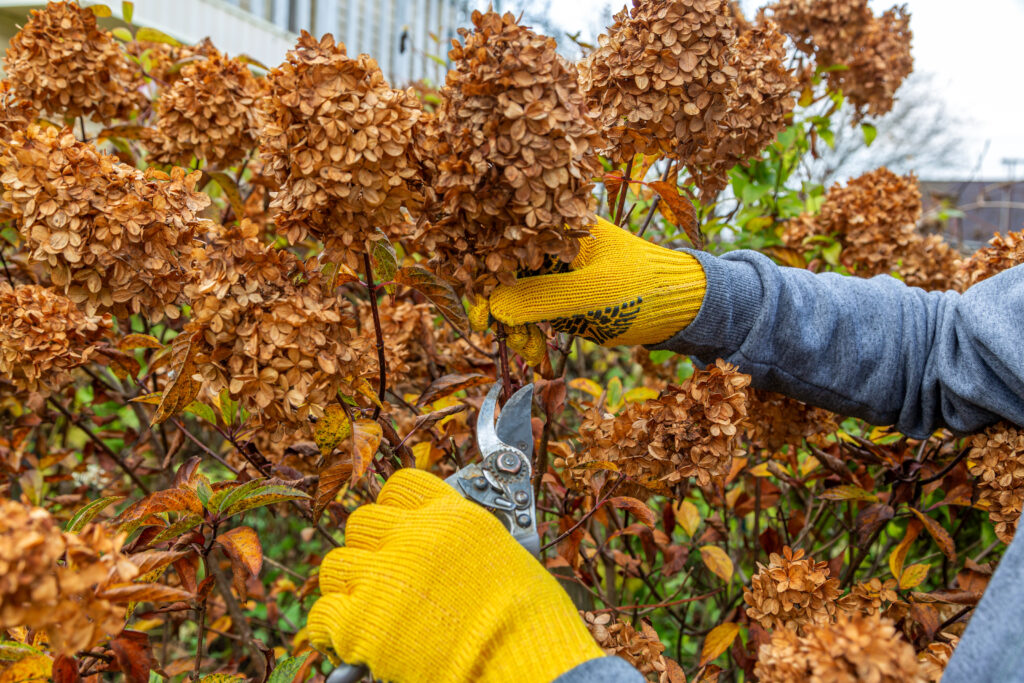Seasonal Guide: Fall Lawn and Landscape Care

As summer approaches the end and the season transitions, use our seasonal guide for fall lawn and landscape care. Your lawn and backyard garden can look great throughout the season as the leaves on the trees change, and the summer flowers reach the end of their bloom. Taking care of your property is a big task; we’re here to help! Visit Sussex Tree today to learn more about our services and promotions.
Fall Landscaping in Sussex County, Delaware
Keep up with the Lawn
- Remove Fallen Leaves
As leaves drop in the early months of fall, you can stay on top of the maintenance by blowing or raking them away. Even after the trees are bare, continue raking out the corners where the wind piles leaves up.
- Overseed existing turf and fertilize.
Fall is the ideal time to give your lawn the extra care it needs after the summer heat and before the harsh winter months. A denser turf protects against weeds, so adding more grass seed to your existing turf is a good practice, allowing bare patches to fill in and giving you a greener lawn the following spring.
- Keep Mowing
Don’t put your mower away yet! Sussex County is in growing zones 7a and 7b, so grass will continue to grow to the first hard frost in mid-November. You can continue mowing, keeping the grass taller to help it withstand winter.
- Keep watering and add fertilizer.
You can continue to water as needed through fall, and your lawn will also benefit from a fertilizer treatment, giving it an extra boost to bounce back in the spring.
Landscaping Tasks for Gardens
- Fall Pruning
Fall pruning is essential for several reasons. Not only does it protect trees from storm damage, but it also helps trees prepare for winter elements. Be proactive and have dead limbs removed and cut back, which relieves the tree from added weight and decay. Prune shrubs back like overgrown boxwoods and summer-blooming hydrangeas so they’re fuller in the spring.
- Cutting Back Perennials
While you stay on top of weeding, preventing any from going to seed, you can also trim back overgrown and spent blooms like coneflowers and black-eyed susans to reinvigorate the plant and bring attention to any fall-blooming perennials. Some perennials may even bloom again, although less fully. Leave some seed heads for birds like yellow finches if you’re looking for some wildlife in the backyard.
- Preventative Treatments for Pests
In Sussex County, pests like fall webworms can be prevalent and, without prevention, can cause long-term damage to trees. Fall webworms can defoliate trees, causing stress and potential death if left untreated. You can identify fall webworms by their yellow color, dark stripes, and spots on their hairy body. The heads are unclear, and fully grown larvae are about 1 ½ inches long. The adult moths are white and have a wingspan of 1 ½ inches.
- Compost and Mulch
As the days are shorter and drier, giving your plants the support they need to thrive is essential. As some perennials in the garden and shrubs will have fall blooms, they will need nourishment from compost and protection from moisture loss from a top dressing of compost and mulch.
Need help this fall with fall landscaping? Contact Sussex Tree for maintenance and tree trimming services. Check out our promotion for $50 off on tree trimming and removal. Get a free quote or contact us by phone at 302-227-1980.

